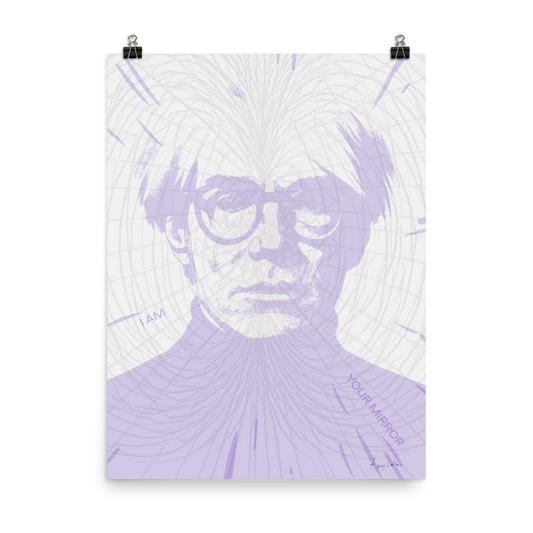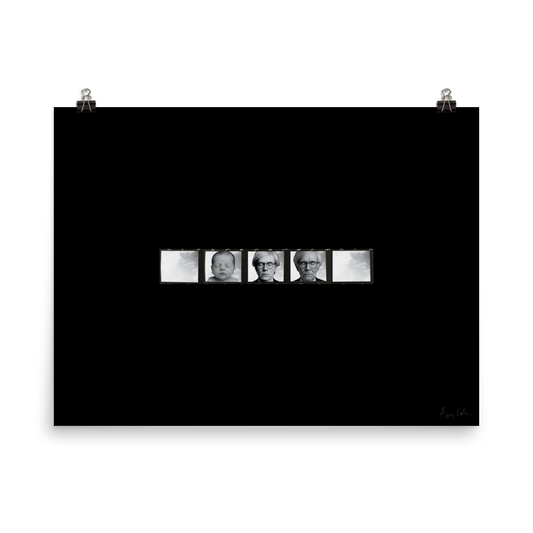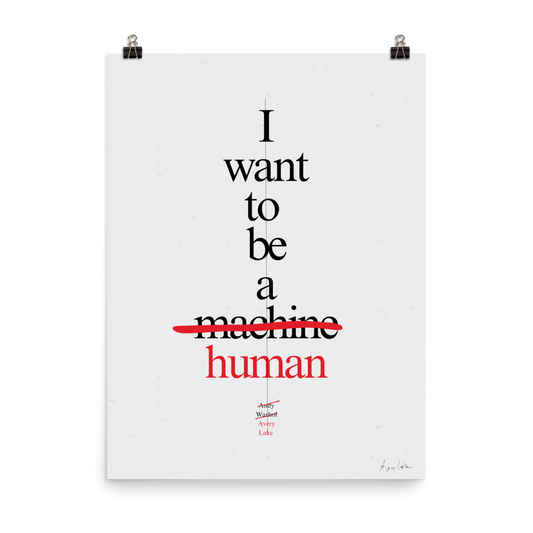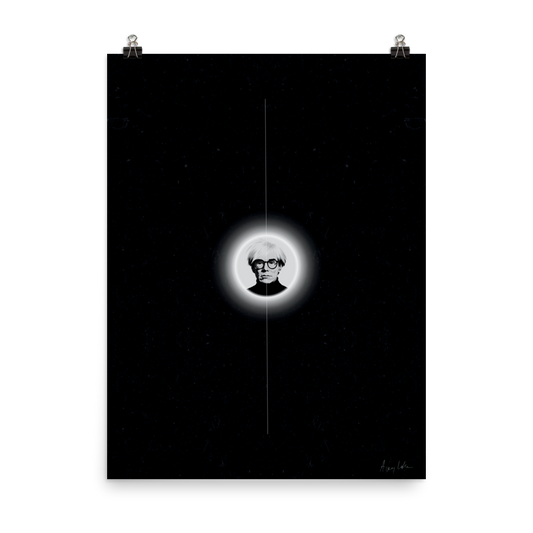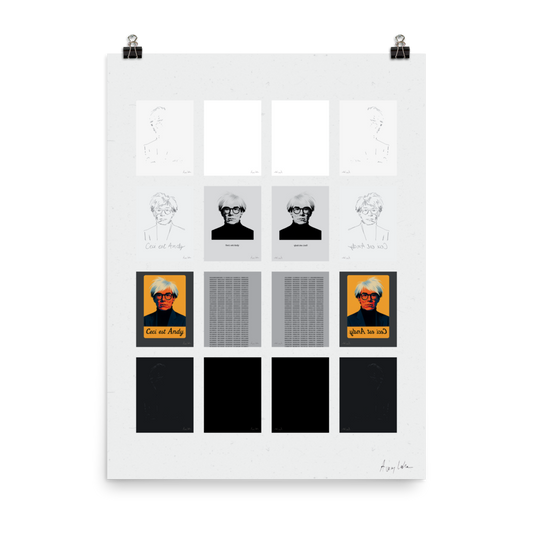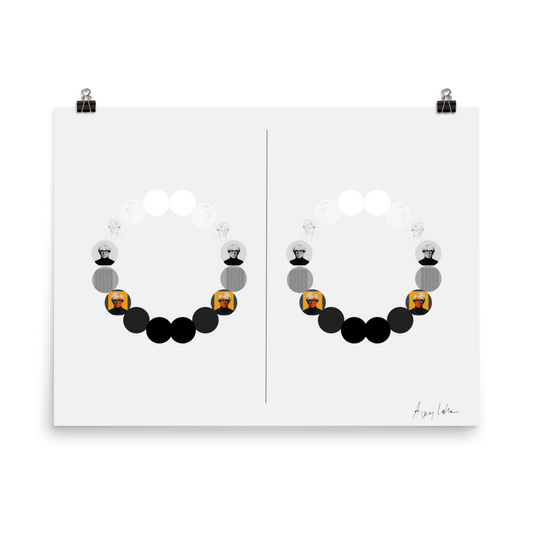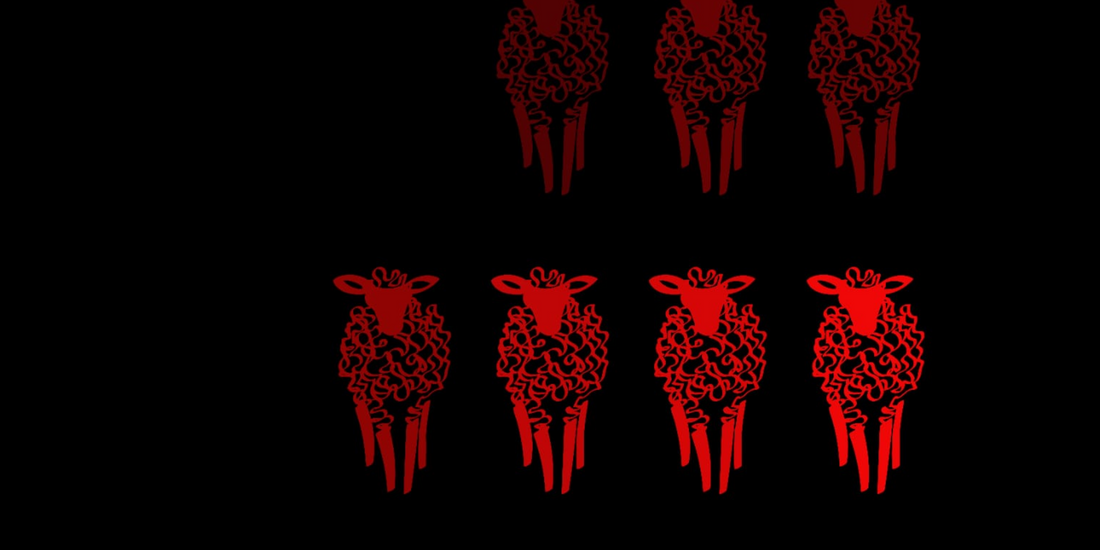
The Manufacturing of the Masks of Deceit
Share
A new triptych series by Avery Lake
What does oppression look like when it hides in plain sight? How does innocence become disguise, and disguise become authority? These are the questions at the heart of my new series The Manufacturing of the Masks of Deceit, created in 2025.
The series is composed of three triptychs, each one a chapter in a larger parable. Simple forms such as sheep, yarn, ties, and caps are repeated and transformed to show how innocence is consumed, how costumes of authority are multiplied, and how evil is woven into the fabric of ordinary life. It not only invites viewers to look, but also challenges them to notice what is shifting before their eyes.
Triptych I: The Manufacturing of Sheep’s Clothing

The first chapter draws from the biblical warning of the wolf in sheep’s clothing. A sheep is shorn, its wool transformed into yarn, and finally into a symbol of authority. It not only reveals how innocence can be stripped and repurposed, but also how symbols of authority are created from what has been taken.
Triptych II: The Manufacturing of the Costumes of Power

The second chapter expands the parable into a system. Sheep become mass-produced raw material, yarn becomes an assembly line, and red helmets (?)or more likely caps emerge as uniforms of domination. It not only illustrates how deception is multiplied, but also how it becomes normalized until everyone wears the same mask.
Triptych III: The Manufacturing of the Fabric of Evil

The final chapter reflects on Hannah Arendt’s idea of the banality of evil. A flock of sheep slowly transforms, one anomaly becoming many, until innocence nearly vanishes into black. It not only echoes Arendt’s warning that evil can be ordinary, but also shows how corruption is woven into the structures of everyday life.
Taken together, the three triptychs form The Manufacturing of the Masks of Deceit. It reflects both on disguise and false authority and also offers a visual parable about the dangers of looking without truly seeing.
